
OR
Ensuring our health
Published On: December 12, 2017 01:40 AM NPT By: Purna Bd Thapa and Geha Nath Khanal

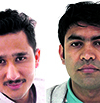
Purna Bd Thapa and Geha Nath Khanal
Thapa and Khanal both work in the field of health insurancenews@myrepublica.com
More from Author
People are attracted to the new health insurance scheme, more so in districts with better socio-economic status.
Om Khadka, 45, of Kailali district was able to receive treatment for his health condition at Bir Hospital, one of the largest hospitals in Nepal. He had not imagined he would get treatment of up to Rs 50,000 (US$ 500) by paying just Rs 2,500 (US$ 25) in annual health premium for his family.
The government had started its health insurance program from Kailali in April 2016. The program aims to protect people like Khadka who would have been in a deep financial hole if they had to pay for costly medical procedures from their own pockets. This model of sharing financial risk is at the core of the Universal Health Coverage (UHC), which is one of the Sustainable Development Goals for health. And health insurance is seen as its crucial component.
Nepal adopted mixed-model health insurance after a long policy debate. The new Health Insurance Act has made health insurance of all citizens compulsory. This means Khadka’s neighbors who did not enroll in the program will be forced to do so now.
Getting popular
The government pays premium for those recognized as extremely poor. Others like formal sector employees, migrant workers, private employees, and residents of elderly homes and orphanages have to compulsorily enroll. The insurance program has already expanded to cover 22 out of 75 districts by December 2017.
Early observation is that people are attracted to the health insurance scheme. This is visible more in districts with better socio-economic status and those where people already have good access to health service providers. Districts like Chitwan, Palpa and Kaski are doing well in terms of population coverage. But overall coverage is still poor.
Health insurance is a political agenda around the world and has become a buzzword in Nepal as well. But in Nepal the debate is centered on who should be credited for starting this initiative. Almost every political leader who has served as health minister in the past seeks credit. In 2013, then health minister Rajendra Mahato, now a key leader of Rastriya Janata Party Nepal (RJPN), selected Kailali, Ilam, Baglung, Banke and Sarlahi districts for first phase of health insurance. Though he had also selected his own district, he could not implement the insurance. His successor, Vidyadhar Mallik, tried to launch the scheme in select districts but was not able to do so as his cabinet only had the mandate to conduct second Constituent Assembly elections.
But Mallik did form a committee to draft health insurance policy and establish the national social health insurance unit as a government entity. Later, Khagaraj Adhikari of CPN-UML claimed he was the pioneer of Health Insurance Program, based on the fact that he was the health minister when the cabinet passed Social Health Security (Formation Order) in 2015 to implement the insurance program. Adhikari was succeeded by Ram Janam Chaudhary of MPRF (Democratic), who launched the program in Kailali district.
When he was the health minister Nepali Congress leader Gagan Thapa tabled the insurance bill in parliament. Maoist Center leader Giriraj Mani Pokharel, who succeeded Thapa, was the health minister when the bill was endorsed and Pokharel claims it as one of his achievements of his 80 days in office. Every political party claims health insurance for itself.
It is good that political parties seem committed to health insurance. But are they doing it as a political stunt or are they really committed?
In short time, the government unveiled the Health Insurance Act and made notable progress in expanding coverage. The government plans to provide health service of up to Rs 100,000 (US$ 1,000) per family, with each family paying an annual premium of Rs 3,500 (US $35). This is a welcome development but experience from abroad suggests we should carefully consider the program’s financial sustainability for its long-term success.
Making it work
Raising money for unseen risks is difficult. In countries like Nepal with low financial literacy, people realize just how big a health risk they face only when they actually become ill. The government commits to designated benefit package during enrolment but when insured persons actually go to health care facilities for service they don’t get it. This is mainly due to a shortage of health personnel, and lack of right equipment and medicines, among others. This creates a big challenge in health insurance service delivery.
Under the existing scheme, more than 900 kinds of drugs and services are provided to the insured through public and private hospitals. But Health Insurance Act asks people to visit public health facilities as a first service point. If public health facilities cannot address the demands of the insured, people won’t fully benefit.
It may be too early to predict the fate of health insurance in Nepal. There has been a rapid expansion of the scheme, but delivery has been poor. Nepal cannot afford to fail in this scheme that promises to improve the health and well-being of millions of poor Nepalis.
Thapa (@prabhatthapa) and Khanal (@khanaljee) both work in the field of
health insurance
You May Like This

Mugu's health post operating without health workers
MUGU, Jan 10: Absence of health workers at a local health post of western Khatyad Rural Municipality-10, Hyanglung of Mugu has... Read More...

Ministry of Health suspends 18 health workers for obstructing Polio vaccine program
KATHMANDU, March 5: Ministry of Health on Sunday suspended 18 health workers, including three district health office chiefs, on the... Read More...
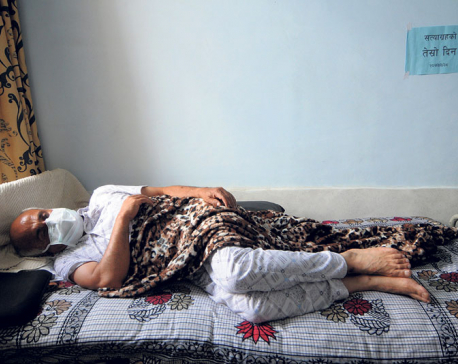
Prez Bhandari summons Health Minister, inquires about Dr KC’s health
KATHMANDU, July 20: President Bidya Devi Bhandari has taken stock of the health condition of Dr Govinda KC who is... Read More...
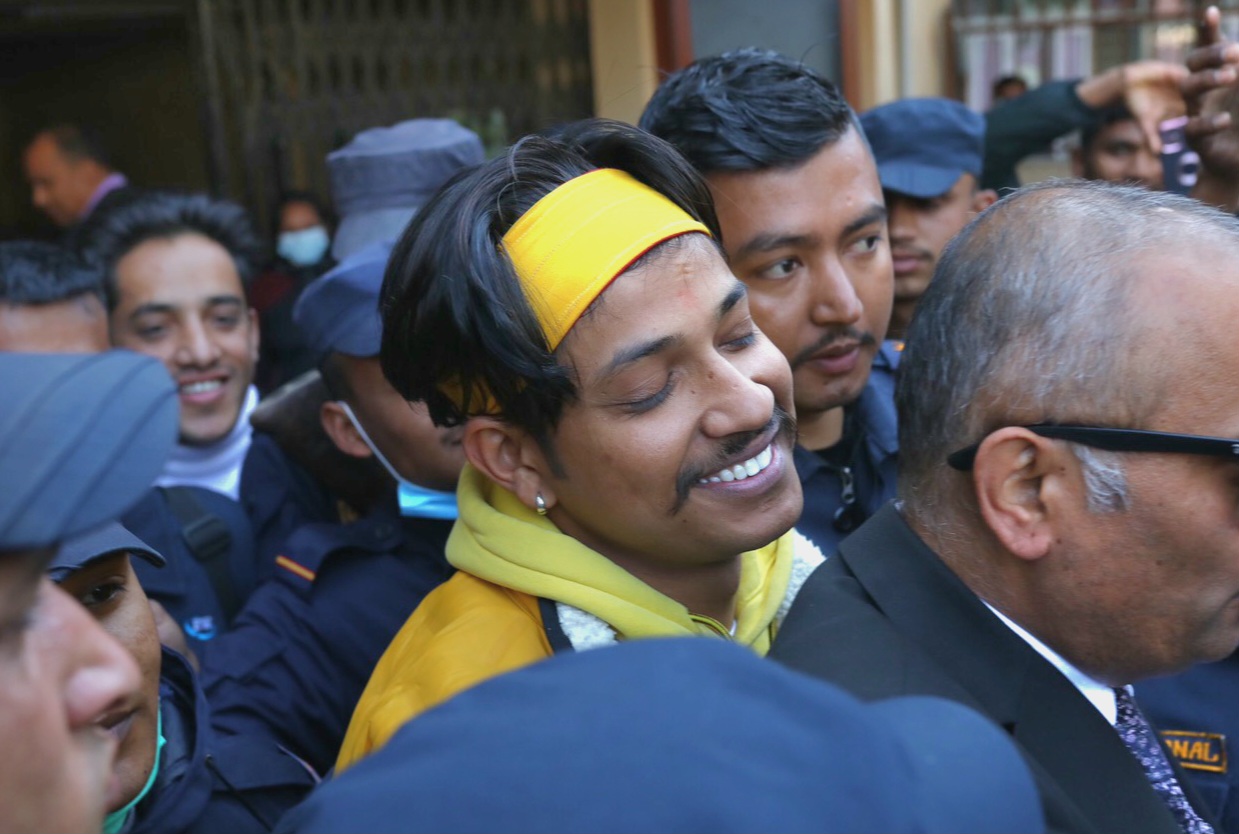
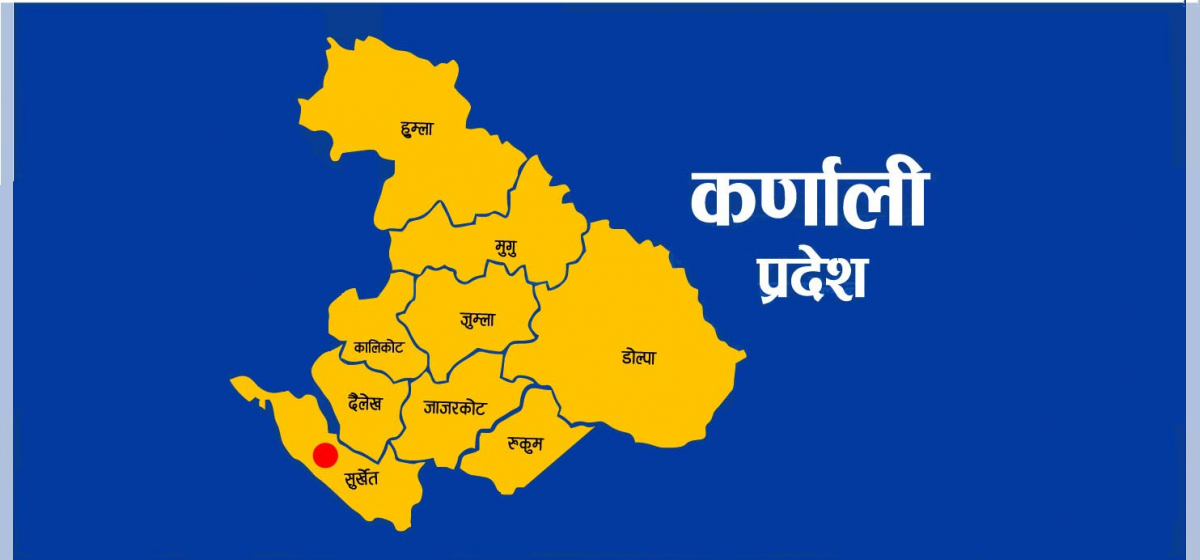

Just In
- Kathmandu witnesses surge of 2,000 new commercial bank branches in six years
- Crops and livestock special production zone scheme implemented in 10 districts of Karnali
- Rising food prices cause business slowdown
- Madhesh Province Assembly meeting postponed after Janamat’s obstruction
- Relatives of a patient who died at Karnali Provincial Hospital 6 days ago refuse body, demand action against doctor
- Khatiwada appointed as vice chairman of Gandaki Province Policy and Planning Commission
- China's economy grew 5.3% in first quarter, beating expectations
- Nepal-Bangladesh foreign office consultations taking place tomorrow



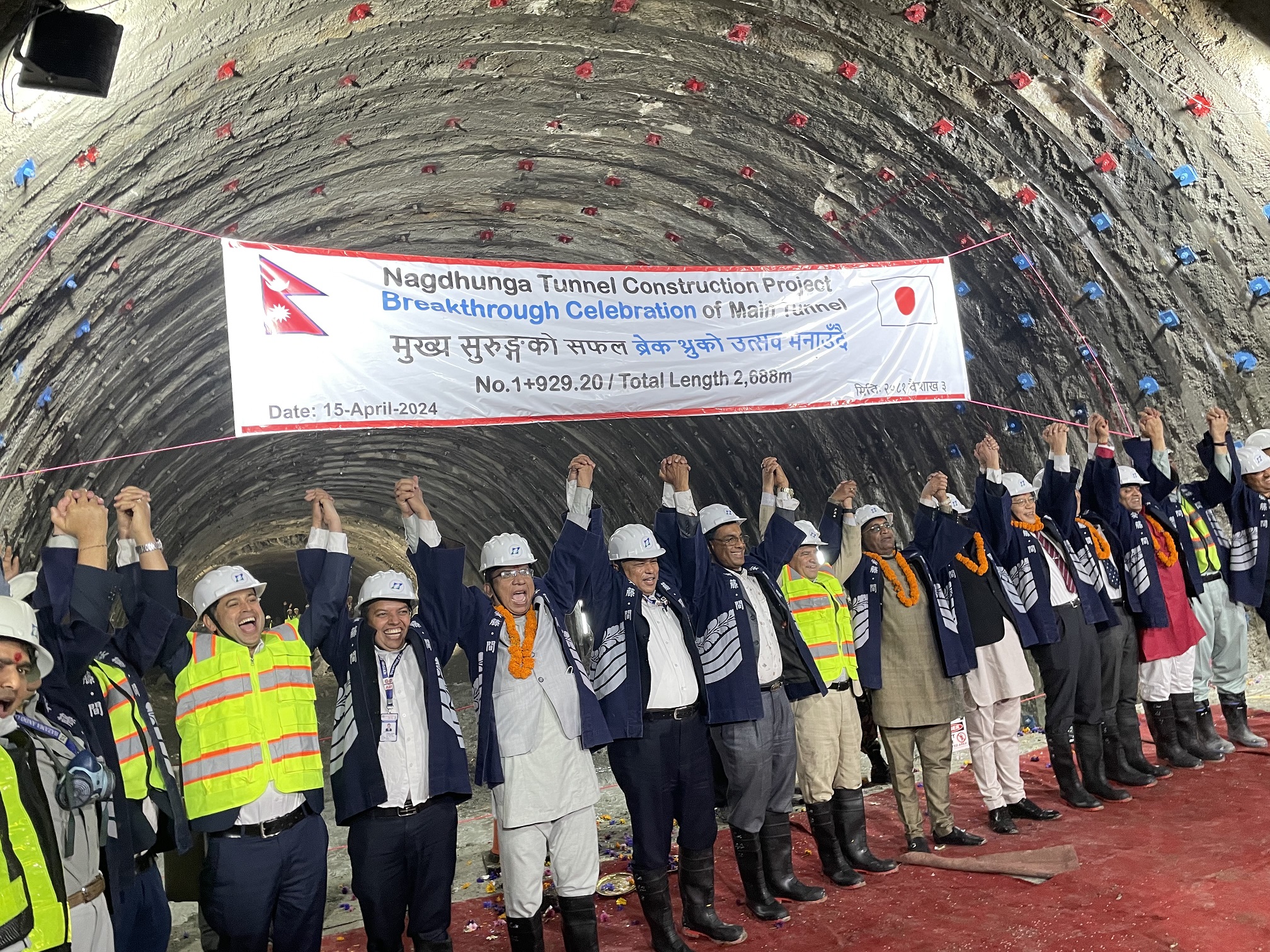



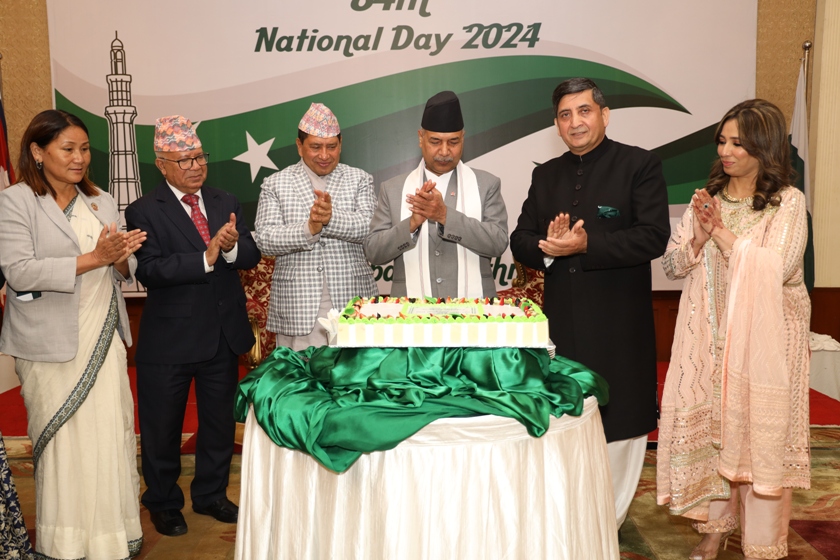

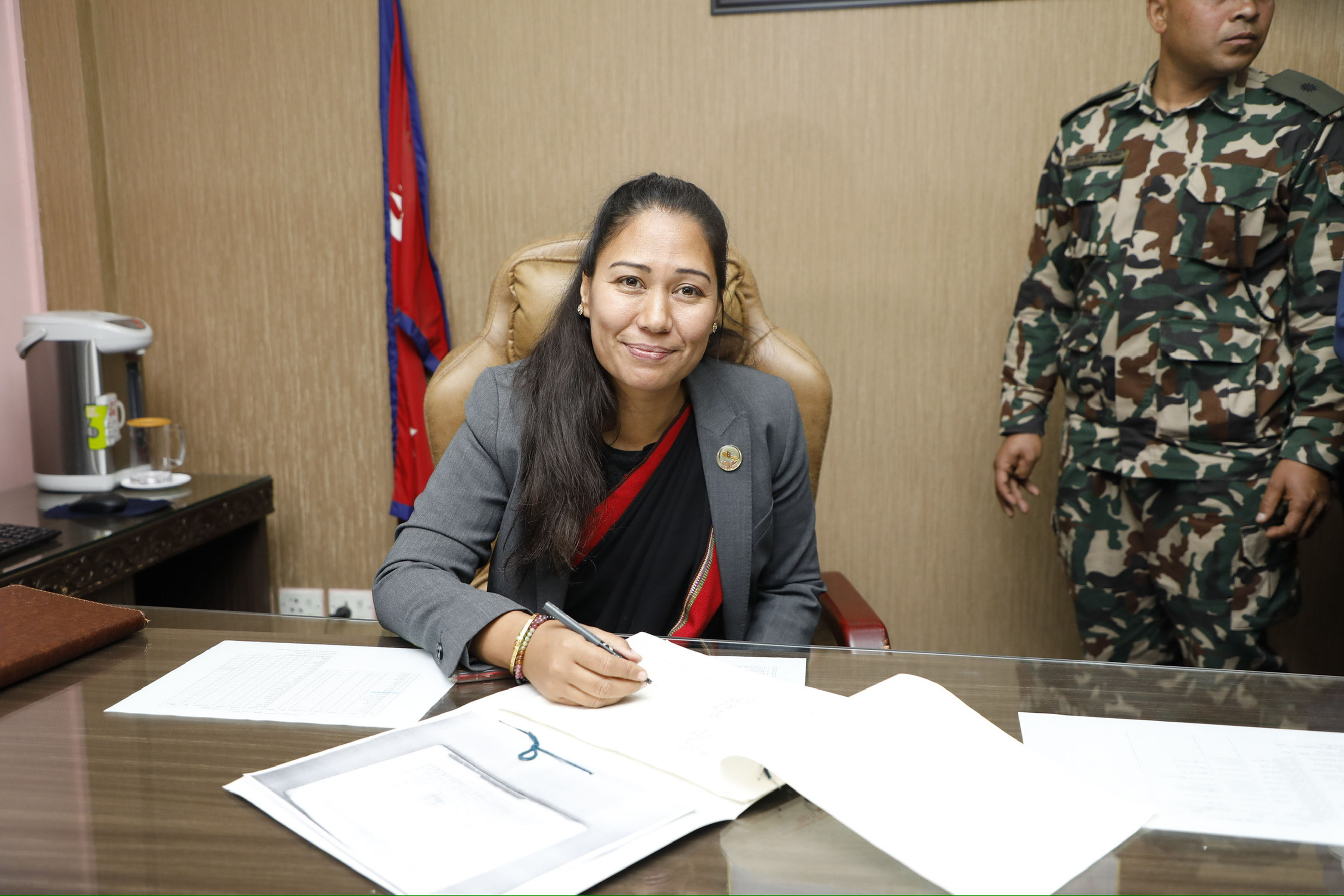

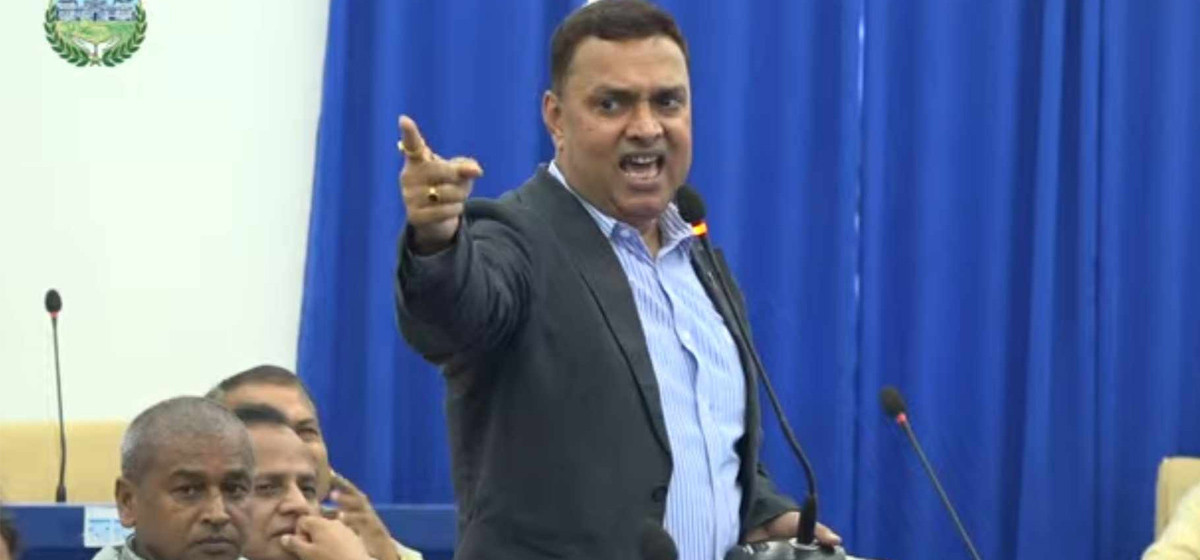
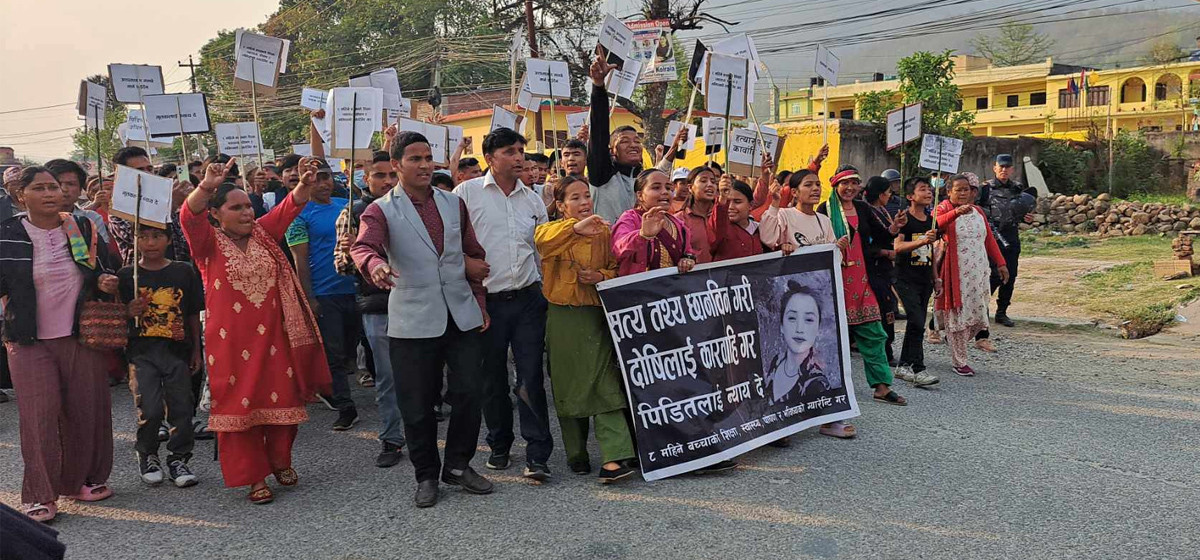
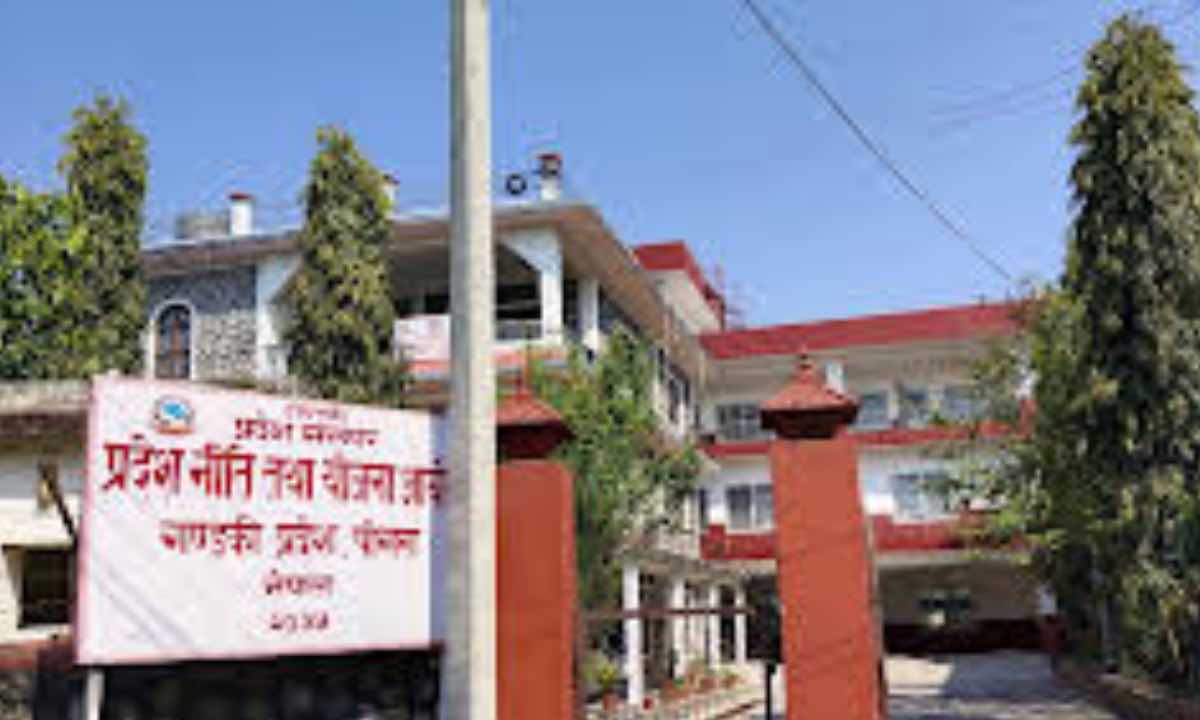
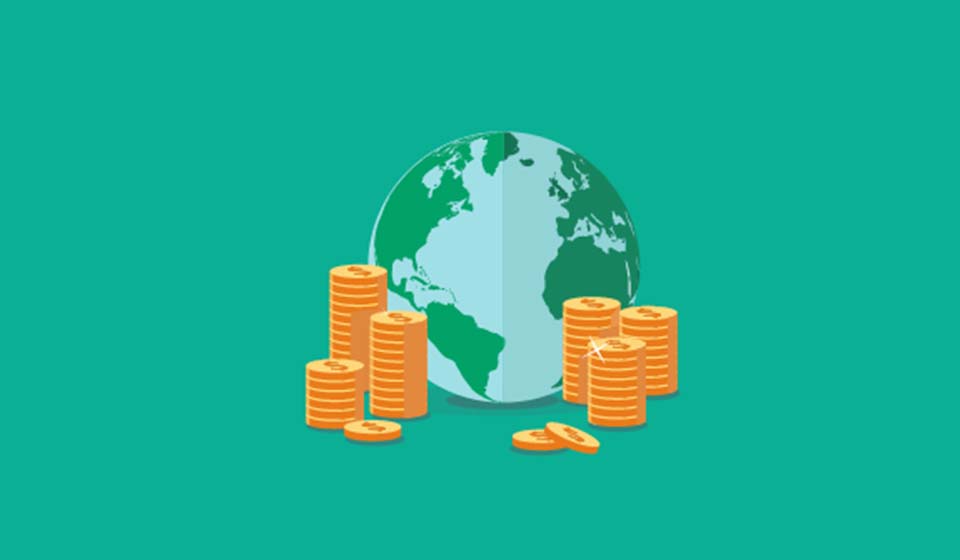
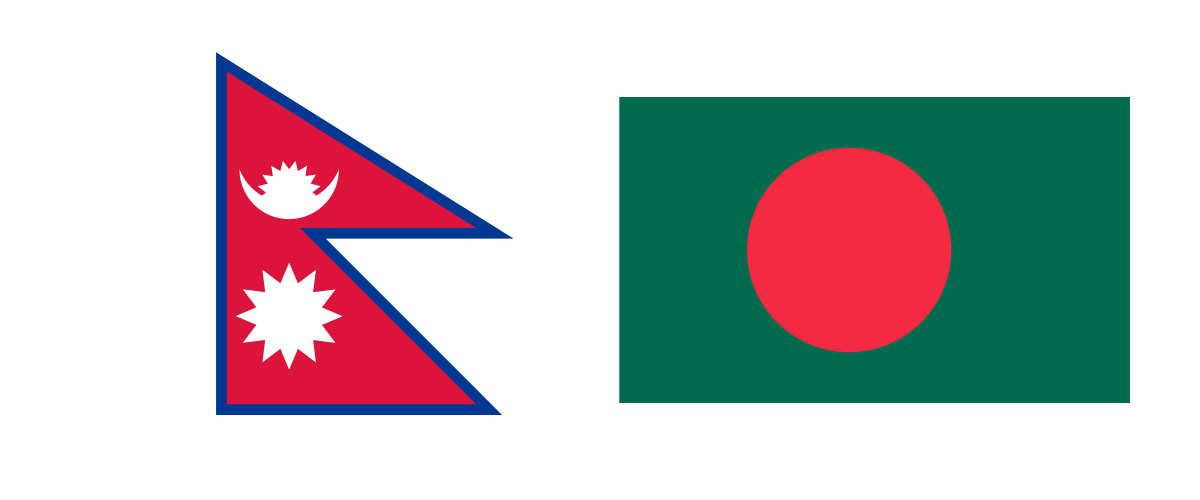
Leave A Comment